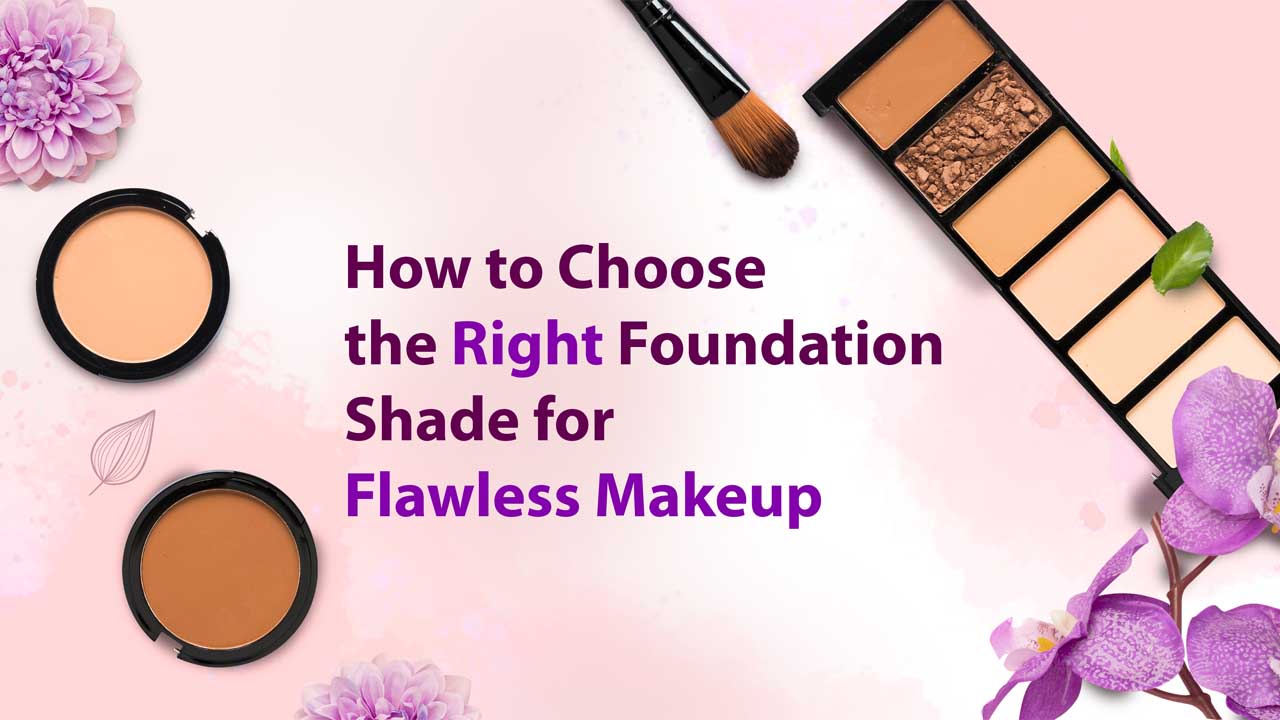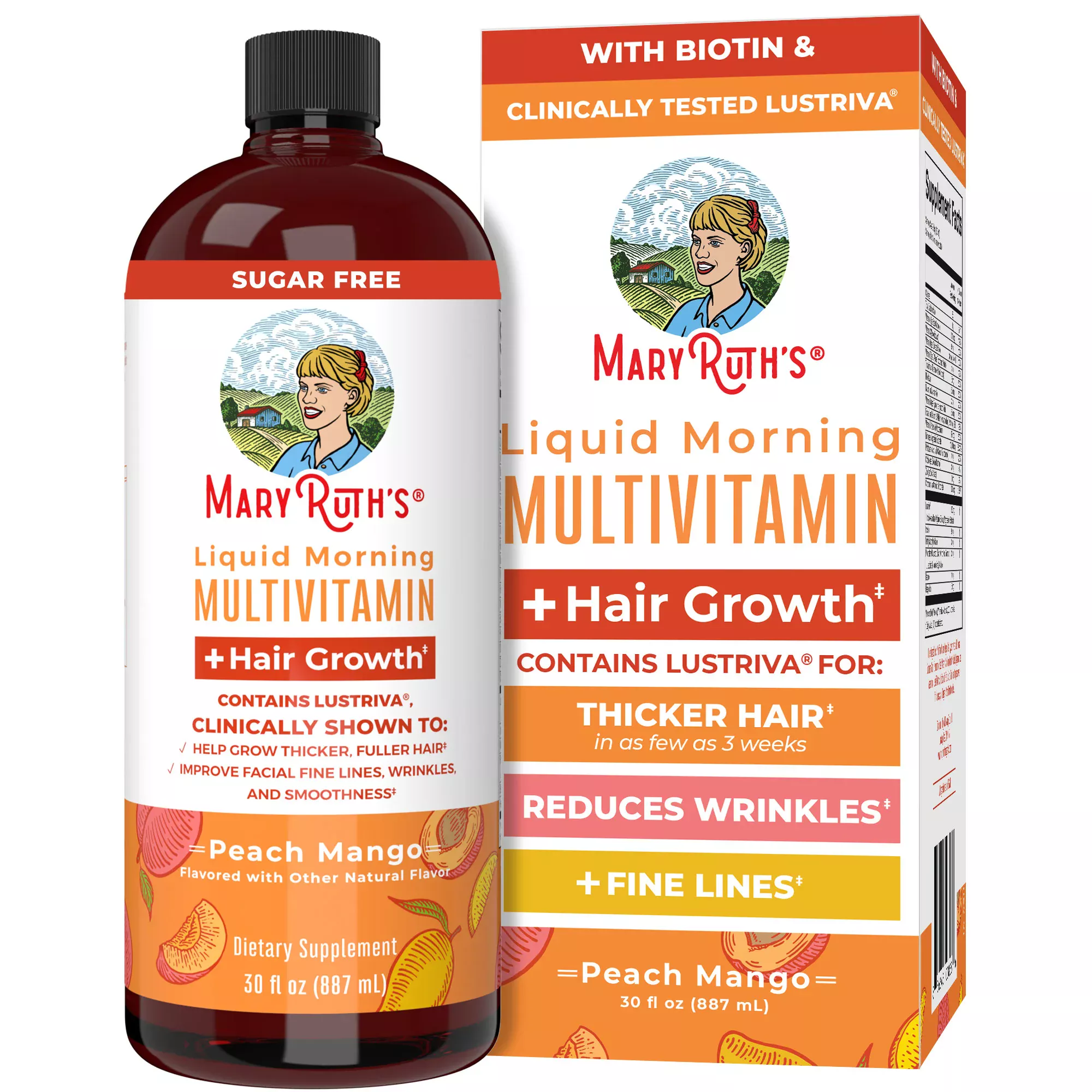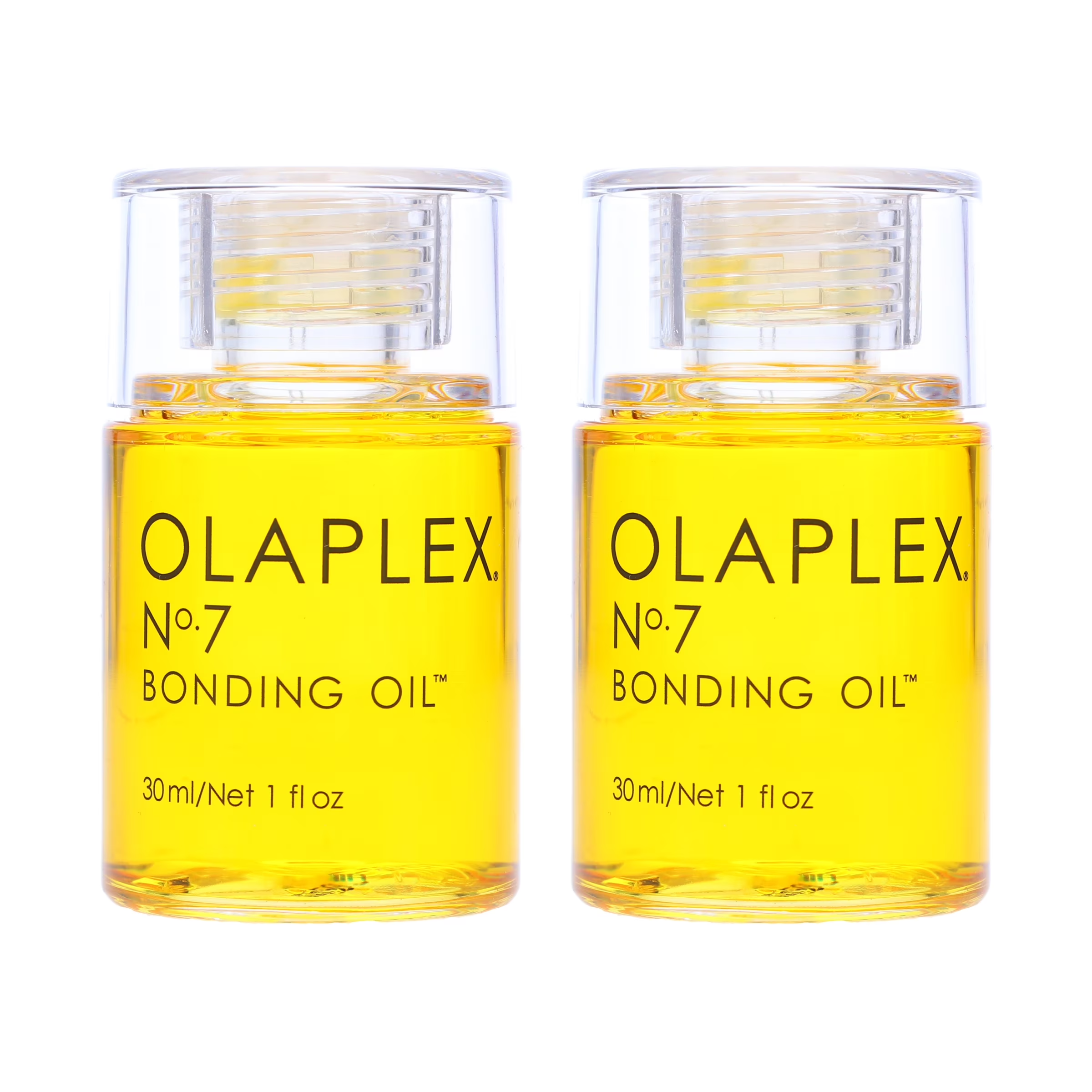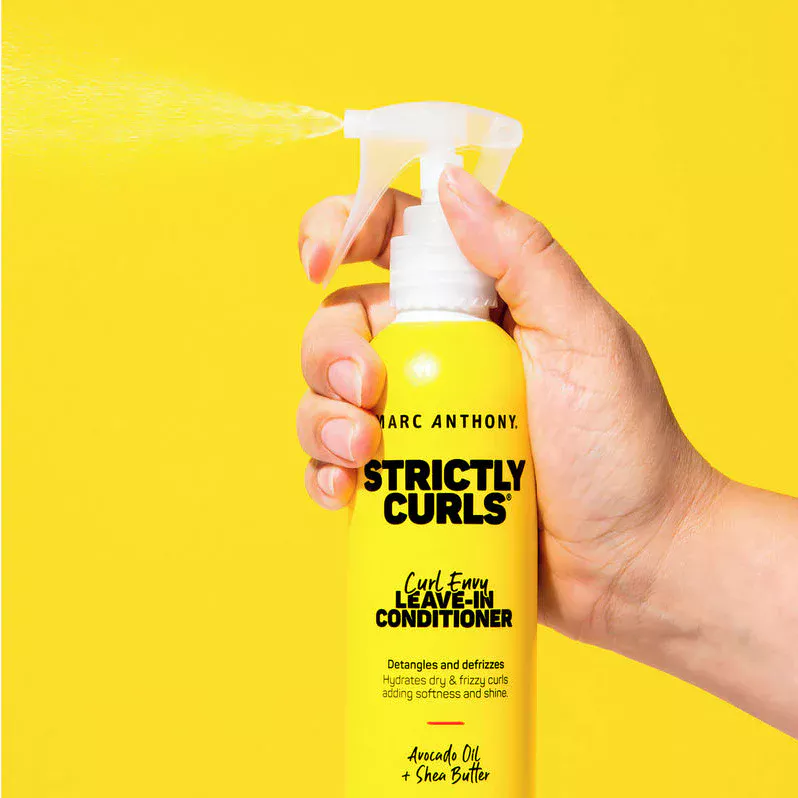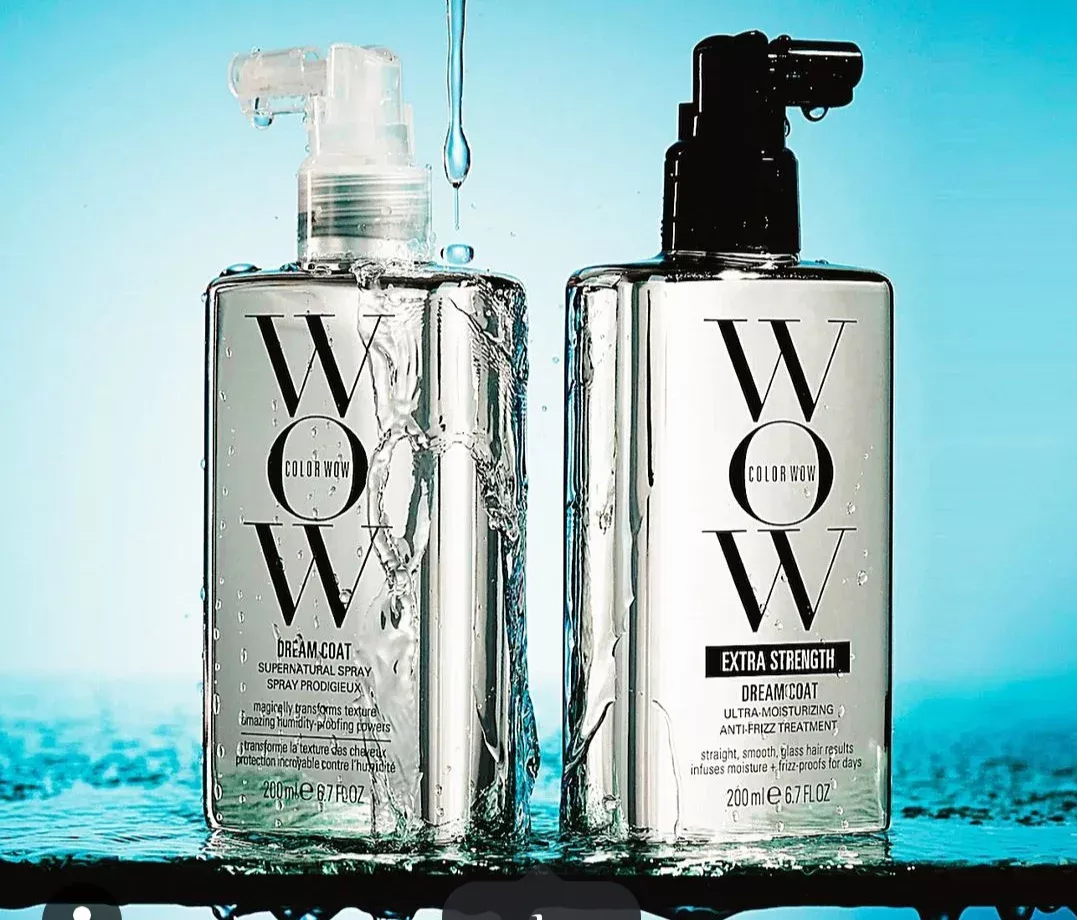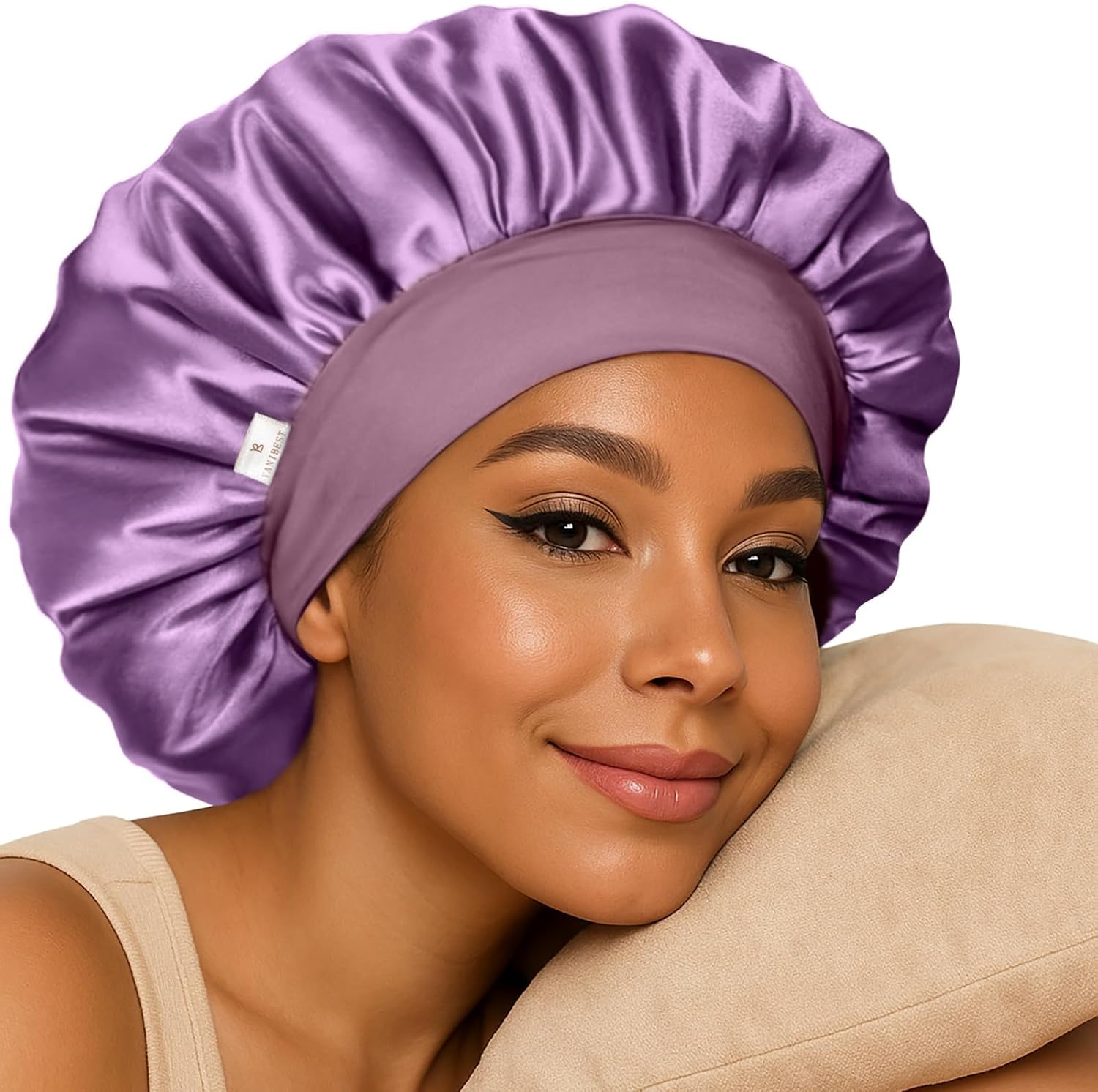Flawless makeup starts with one essential step—choosing the right foundation shade. Without a perfect match, even the most skillful application can appear uneven, patchy, or unnatural.
Understanding how to choose the right foundation shade ensures your makeup looks seamless, enhances your natural beauty, and feels comfortable all day. In this blog, we’ll guide you through expert tips to help you find your perfect match, no matter your skin tone or type.
Why Finding the Right Foundation Shade Matters
The foundation is the base of your entire makeup look. A mismatch can disrupt the harmony of your features, while a perfect match highlights your natural complexion beautifully.
- Seamless Blending: A correct shade melts into your skin, creating an invisible, natural finish.
- Enhanced Confidence: When your makeup looks flawless, it boosts your self-esteem.
- Better Makeup Longevity: A proper match ensures foundation wears better throughout the day without oxidizing awkwardly.
How to Choose the Right Foundation Shade for Flawless Makeup
Before you buy, there are a few essential factors to assess to ensure you pick the perfect product.
- Understand Your Skin Type: Whether you’re oily, dry, or combination, your skin type affects the foundation texture you should choose.
- Consider Environmental Factors: Humid, dry, or cold climates can impact how a foundation behaves on your skin.
- Think About Coverage Needs: Focus on the coverage needs about how you want
How to Determine Your Skin Tone
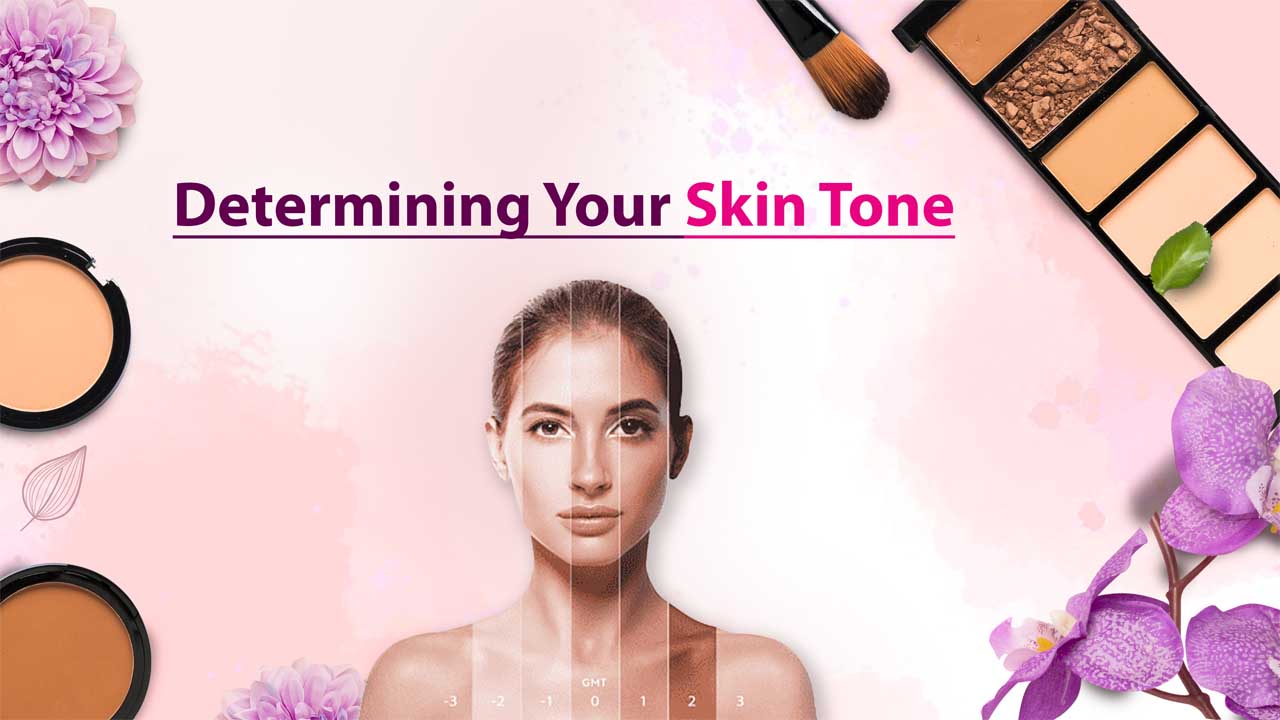
Knowing your skin tone is the first critical step in choosing the right foundation shade. Your skin tone determines the depth of color you need, ensuring your foundation looks natural rather than mismatched or artificial.
- Fair to Light Skin Tones:
- Usually burns easily and may have pink, peach, or neutral undertones.
- Often sensitive to sun exposure and may develop redness easily.
- Best matched with foundations labeled “porcelain,” “ivory,” or “light beige.”
- Medium Skin Tones:
- Tans easily and often have golden, olive, or neutral undertones
- Typically seen in individuals with Mediterranean, Asian, or Hispanic heritage.
- Shades like “medium beige,” “honey,” or “warm nude” usually suit best.
- Deep Skin Tones:
- Richly pigmented skin with cool, neutral, or warm undertones.
- Less prone to sunburn but needs hydration and even tone balancing.
- Look for foundations labeled “espresso,” “mahogany,” or “deep cocoa.”
Tip:
Hold a piece of white paper next to your face under natural light. If your skin looks rosy next to it, you’re cool-toned. If it appears more yellow, you’re warm-toned.
How to Identify Your Undertone
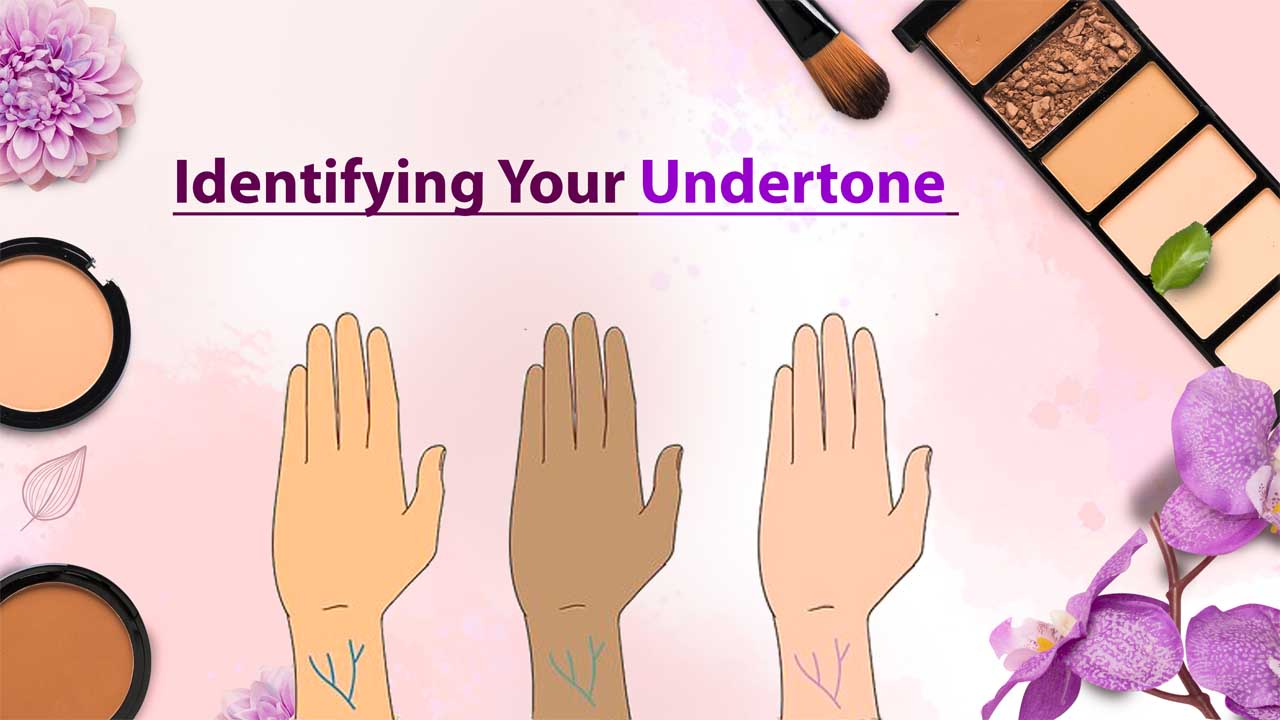
While skin tone refers to the overall lightness or darkness of your skin, undertone refers to the subtle color beneath the surface. Knowing this helps perfect your foundation match.
- Cool Undertone:
- Skin has hints of pink, red, or blue.
- Veins on the wrist often appear blue or purple.
- Colors like icy pinks, blues, and silvers complement your tone.
- Warm Undertone:
- Skin leans towards yellow, peach, or golden hues.
- Veins often look greenish under the skin.
- Earthy colors, such as oranges, browns, and golds, flatter your complexion.
- Neutral Undertone:
- A balanced mix between cool and warm tones.
- Veins may look blue-green, and both silver and gold jewelry look equally good.
- Versatile in foundation shades—often matches a wide range.
Tip:
Perform the jewelry test—wear both silver and gold accessories. If silver flatters you more, you likely have cool undertones; if gold, you’re warm.
Test Shades Correctly Before You Buy
Testing is a vital step in mastering how to choose the right foundation shade. It ensures your purchase won’t result in regret or wasted money.
- Test on Jawline or Neck:
- Your face and neck provide the most accurate skin tone comparison.
- Avoid testing on your wrist or hand, which often differ in tone.
- Check in Natural Light:
- Step outside or near a window after applying testers.
- Indoor store lights can be too warm or cool, distorting the actual match.
- Wait for Oxidation:
- Allow the foundation to settle for at least 5-10 minutes.
- Some formulas oxidize (darken) after exposure to air or skin oils.
- Test Multiple Shades:
- Swipe at least two to three close matches to find the best fit.
- Choose the one that disappears seamlessly into your skin.
Choose the Right Finish for Your Skin Type
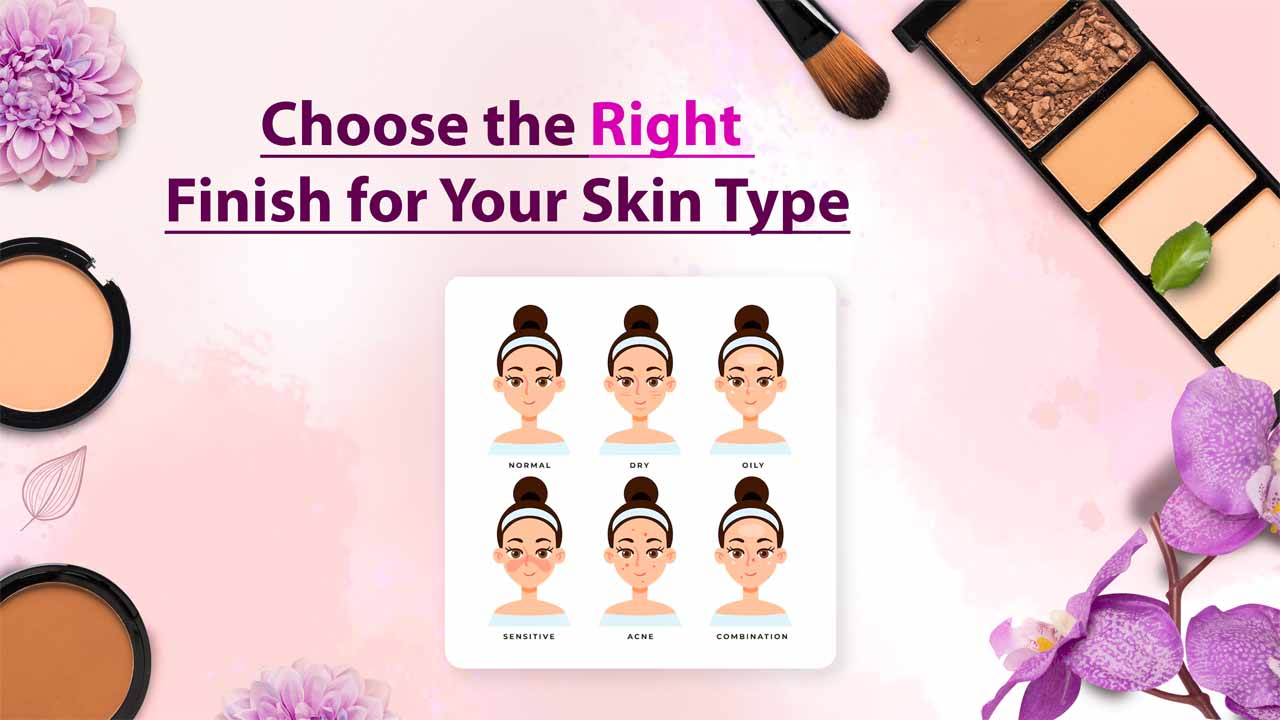
Besides color, the finish of your foundation plays a huge role in achieving a flawless look. It impacts how your skin texture and glow appear throughout the day.
- Matte Finish:
- Ideal for oily or combination skin types prone to shine.
- Controls oil production and minimizes the appearance of pores.
- Great for long-wear occasions like events or hot weather.
- Dewy Finish:
- Perfect for dry, mature, or dull-looking skin.
- Adds a natural, youthful glow and hydration boost.
- Best paired with a luminous primer for enhanced radiance.
- Natural/Satin Finish:
- Works well for normal and balanced skin types.
- Offers a “your-skin-but-better” look without appearing overly matte or shiny.
- Ideal for daily wear and natural makeup looks.
Adjusting Foundation Shade Throughout the Year
Your skin isn’t static—it changes with the seasons. Adjusting shades ensures your foundation always looks natural.
- Summer Shade:
- Expect to need a slightly deeper, warmer shade due to tanning.
- Also, consider lightweight formulas to withstand heat and sweat.
- Winter Shade:
- Skin tends to get lighter and possibly drier in cold months.
- Opt for a lighter, more hydrating foundation during winter.
- Mix Foundations:
- Invest in two shades—a darker one and a lighter one—to blend for a custom match anytime.
- Adjust ratios depending on your current tone.
- Use Bronzer for Transition:
- If switching shades feels tedious, apply a bronzer lightly during seasonal transitions for a seamless match.
Top Tips for Flawless Foundation Application
Choosing the right shade is crucial, but application also makes a big difference.
- Prep Your Skin Well: Cleanse, moisturize, and prime your skin before foundation.
- Use the Right Tools: Brushes, sponges, or fingers—each gives a different finish.
- Blend, Blend, Blend: Ensure even blending into hairline, jawline, and neck for a seamless look.
Final Thoughts
Mastering how to choose the right foundation shade can truly transform your makeup game. When your foundation matches your skin tone and undertone, it creates the illusion of flawless, natural beauty. Whether you’re a beginner or a seasoned beauty enthusiast, these tips ensure you feel confident and radiant every time you apply your makeup.
Remember, your foundation should feel like an extension of your skin—effortless, beautiful, and perfectly matched!
6 min read

